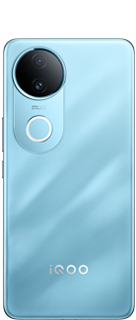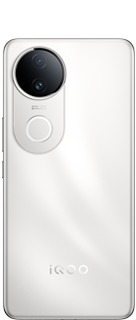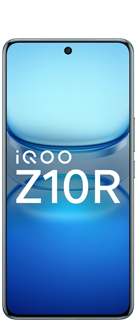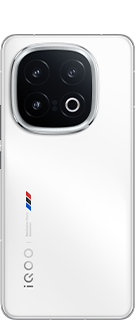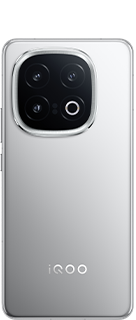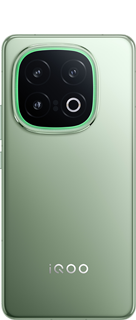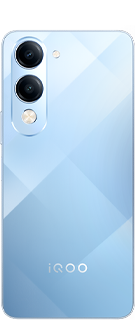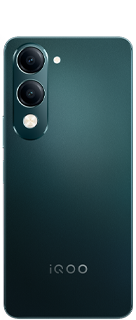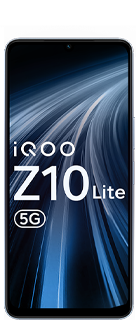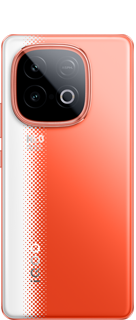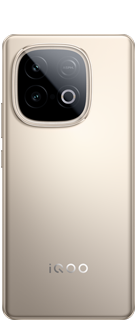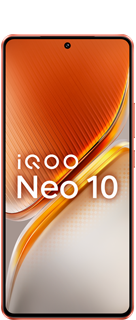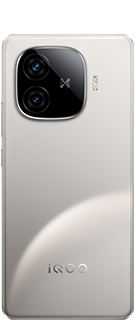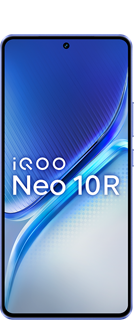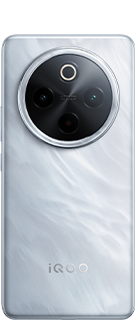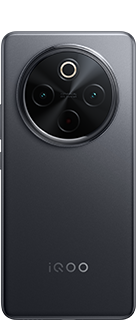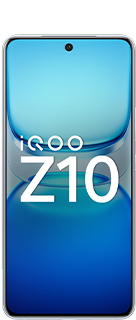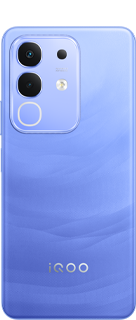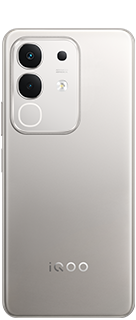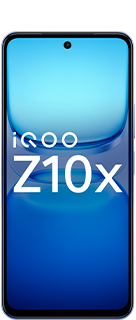UV Tempered Glass vs. Normal Tempered Glass: Protecting Your Screen

When it comes to safeguarding your precious phone or device's screen, tempered glass is a popular choice. But within the tempered glass realm, there's a new contender: UV tempered glass.
Let's delve into the differences between these two screen protectors and help you decide which one reigns supreme for your needs.

Normal Tempered Glass:
* Installation: Relatively simple. Peel off the backing and apply the protector to your screen. Minor adjustments might be needed.
* Adhesion: Uses pre-applied adhesive strips that secure the protector to the screen.
* Protection: Offers good scratch resistance and can absorb some impact from minor drops.
* Clarity: High transparency ensures minimal impact on display quality.

* Cons: Adhesion might weaken over time, especially around the edges. Can sometimes leave a slight halo effect where the adhesive meets the screen. May not fully adhere to curved screens.
UV Tempered Glass:
* Installation: More involved. Requires applying a liquid adhesive to the screen, carefully placing the protector, and then curing the adhesive with a UV lamp (usually included).
* Adhesion: Uses a UV-cured liquid adhesive that forms a complete bond with the screen.
* Protection: Potentially offers better impact protection due to the stronger adhesion. May also provide a more complete seal against dust and moisture (depending on the specific product).
* Clarity: High-quality UV tempered glass should have minimal impact on display clarity.

* Cons: Installation process is trickier and requires precision. Improper installation can result in air bubbles or uneven adhesion. Removal can be difficult and potentially damage the screen if not done carefully.
So, Which One Should You Choose?
The best choice depends on your priorities:
* Ease of Use: If you value a quick and simple installation, normal tempered glass is the winner.
* Maximum Protection: If you're a klutz or your device has a curved screen, UV tempered glass might offer a better shield.
* Price: Normal tempered glass is generally cheaper.
Here's a quick cheat sheet:
* Choose normal tempered glass if: You prioritize easy installation, are on a budget, or your device has a flat screen.
* Choose UV tempered glass if: You're comfortable with a more complex installation process, want potentially better protection, or have a curved screen.
Additional Considerations:
* Fingerprint Resistance: Both types can come with a fingerprint-resistant coating.
* Case Compatibility: Ensure your chosen tempered glass is compatible with your phone case to avoid lifting or bubbling.
In conclusion:
Both UV tempered glass and normal tempered glass have their merits. By understanding their strengths and weaknesses, you can make an informed decision on which one best safeguards your precious screen.

Please sign in
Login and share
